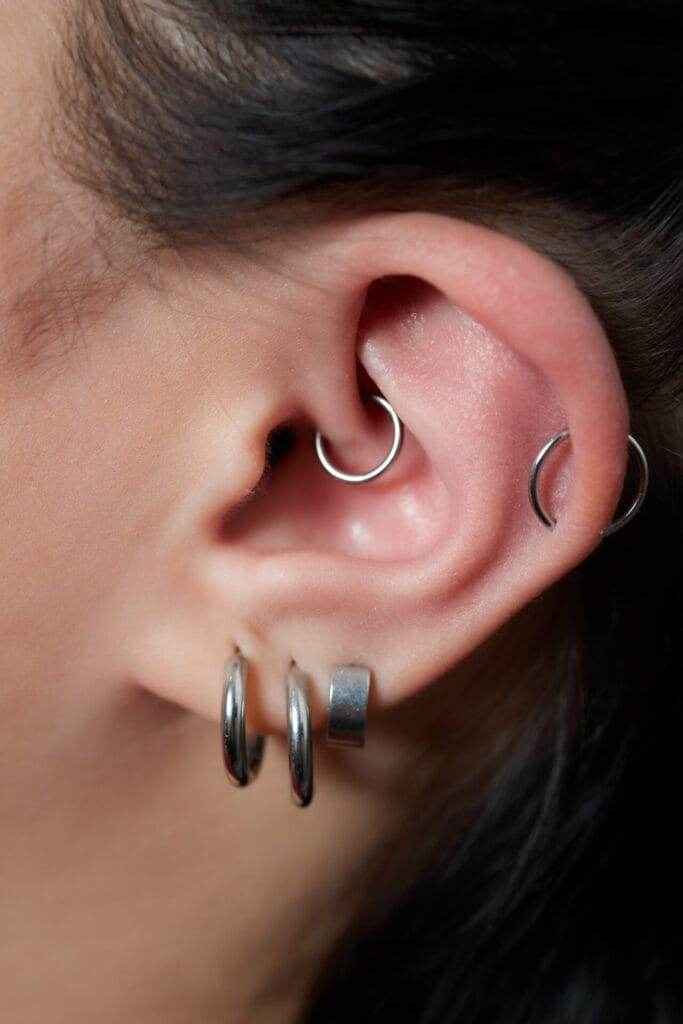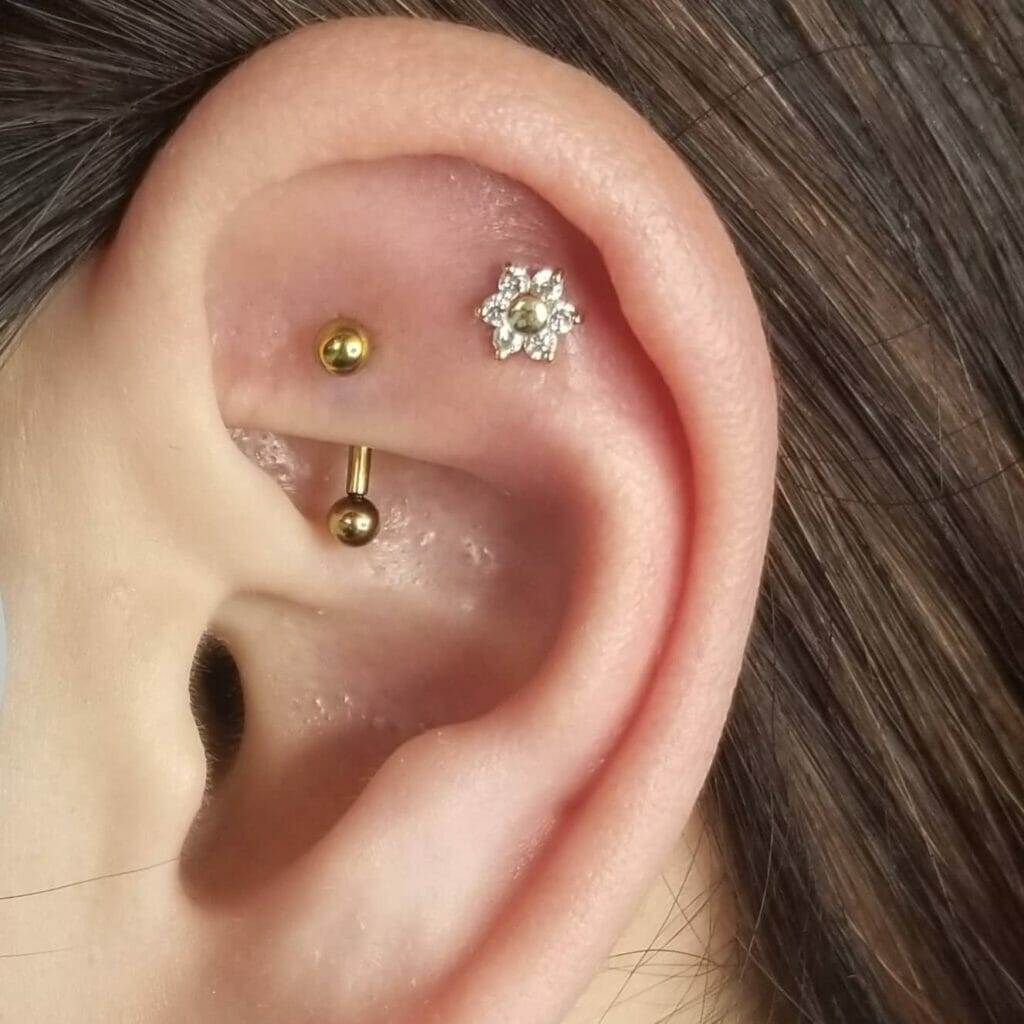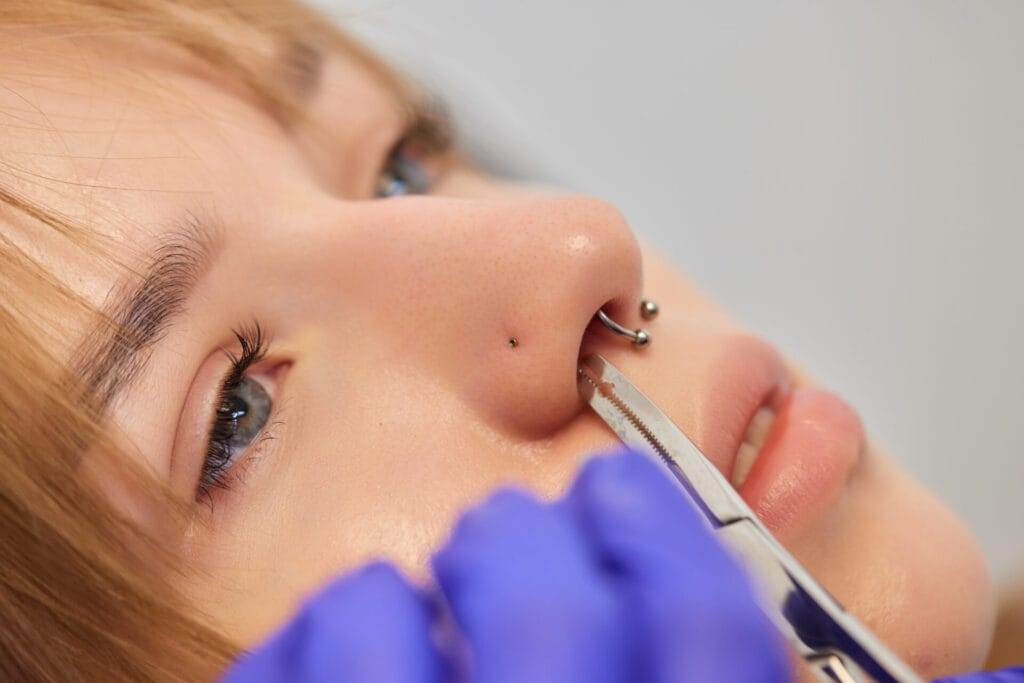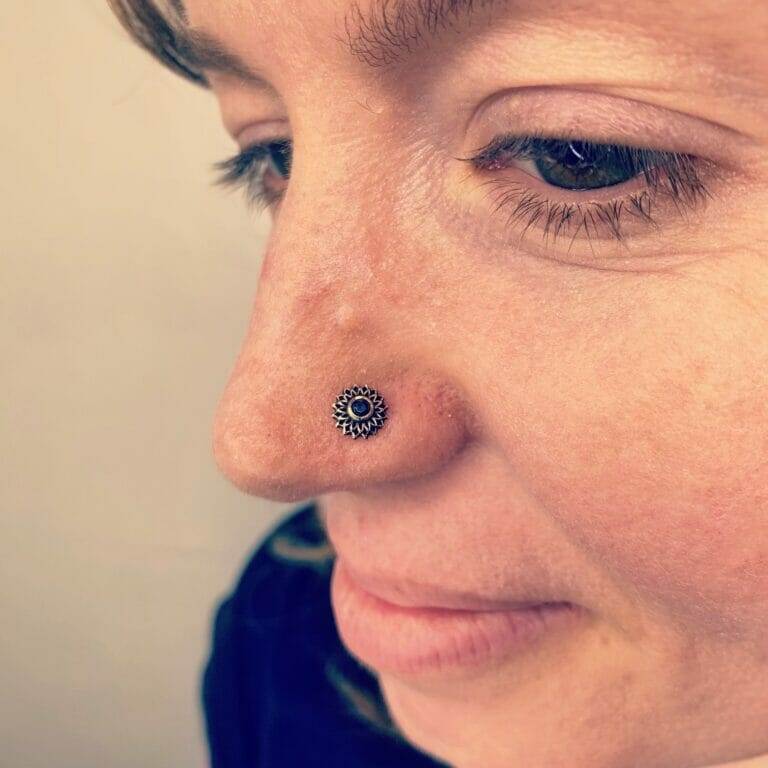Preparing for a piercing appointment is crucial to ensure a successful and positive experience. Whether you’re getting your first piercing or adding to your collection, taking the time to prepare can help minimize pain, reduce the risk of complications, and promote faster healing. In this article, we will discuss various tips and tricks for preparing for your piercing appointment, including hygiene and skincare tips, eating and drinking recommendations, and mental preparation techniques. We will also explore how to choose the right piercing studio, communicate effectively with your piercer, manage pain and discomfort during the piercing process, understand aftercare instructions, dress appropriately for your appointment, bring a support system, manage anxiety, ask questions, make the most of your healing time, and celebrate your new piercing with confidence.
Preparing for Your Piercing Appointment: Tips and Tricks
Hygiene and skincare tips: Before your piercing appointment, it’s important to maintain good hygiene and take care of your skin. Cleanse the area around the piercing site with a mild soap and warm water to remove any dirt or bacteria. Avoid using harsh cleansers or exfoliants that can irritate the skin. It’s also a good idea to avoid applying any lotions or creams to the area on the day of your appointment as they can interfere with the piercing process.
Eating and drinking recommendations: It’s important to have a light meal before your piercing appointment to prevent lightheadedness or fainting during the procedure. Avoid consuming alcohol or caffeine as they can thin the blood and increase bleeding. It’s also recommended to stay hydrated by drinking plenty of water before your appointment.
Mental preparation techniques: Getting a piercing can be nerve-wracking for some people. To help calm your nerves, try practicing deep breathing exercises or meditation techniques before your appointment. Visualize yourself in a calm and relaxed state during the procedure. You can also listen to calming music or bring a stress-relief toy to help distract yourself during the piercing process.
Communicating with Your Piercer: Setting Expectations and Boundaries
Discussing pain tolerance and placement preferences: It’s important to communicate your pain tolerance level to your piercer so they can adjust their technique accordingly. If you have a low pain tolerance, let them know so they can take extra care to minimize discomfort. Additionally, discuss your placement preferences with your piercer to ensure that you are both on the same page regarding the desired location of the piercing.
Asking questions about the piercing process: Don’t hesitate to ask your piercer any questions you may have about the piercing process. This can include questions about the type of jewelry used, the sterilization process, or any potential risks or complications associated with the specific piercing you want. A good piercer will be happy to address your concerns and provide you with all the information you need to make an informed decision.
Establishing aftercare expectations: Before getting your piercing, discuss the aftercare instructions with your piercer. They should provide you with detailed instructions on how to clean and care for your new piercing. Make sure you understand the steps involved and ask for clarification if needed. It’s important to establish clear expectations regarding aftercare to ensure proper healing and minimize the risk of infection or complications.
Managing Pain and Discomfort During the Piercing Process
Breathing techniques and relaxation methods: One of the most effective ways to manage pain and discomfort during the piercing process is through deep breathing techniques. Take slow, deep breaths in through your nose and exhale slowly through your mouth. This can help relax your body and distract your mind from the pain. You can also try other relaxation methods such as counting or visualizing a peaceful scene.
Over-the-counter pain relief options: If you’re concerned about pain during the piercing process, you can consider taking over-the-counter pain relief medication such as ibuprofen or acetaminophen before your appointment. However, it’s important to consult with your piercer or a healthcare professional before taking any medication, as some may thin the blood or interfere with the healing process.
Distraction techniques: Another way to manage pain and discomfort during the piercing process is by using distraction techniques. Bring a friend along who can engage you in conversation or play calming music in the background. Some piercing studios also offer distraction tools such as stress balls or fidget spinners that you can use during the procedure.
Understanding Aftercare: Essential Steps for Healing and Recovery

Cleaning and care instructions: After getting a piercing, it’s crucial to follow proper cleaning and care instructions to promote healing and prevent infection. Your piercer should provide you with detailed instructions on how to clean your new piercing, including what type of solution to use and how often to clean it. Follow these instructions carefully and avoid touching or twisting the jewelry unnecessarily.
Avoiding irritants and infections: During the healing process, it’s important to avoid irritants and infections that can prolong the healing time or cause complications. Avoid swimming in pools, hot tubs, or natural bodies of water until your piercing is fully healed. Avoid using harsh chemicals or beauty products near the piercing site, as they can irritate the skin. It’s also important to avoid touching the piercing with dirty hands or allowing others to touch it.
Signs of complications to watch for: While most piercings heal without any issues, it’s important to be aware of the signs of complications. Watch for excessive redness, swelling, pain, or discharge around the piercing site, as these can be signs of infection. If you experience any of these symptoms, contact your piercer or a healthcare professional for further guidance.
Dressing for Success: What to Wear to Your Piercing Appointment
Comfortable and loose-fitting clothing recommendations: When going for a piercing appointment, it’s best to wear comfortable and loose-fitting clothing that allows easy access to the area being pierced. Avoid tight or restrictive clothing that may rub against the piercing site and cause irritation. Opt for breathable fabrics that won’t trap moisture against the skin.
Avoiding jewelry and accessories that may interfere with the piercing process: It’s important to remove any jewelry or accessories that may interfere with the piercing process. This includes earrings, necklaces, bracelets, or rings that may get in the way of the piercer’s work. It’s also a good idea to remove any facial piercings if you’re getting a new one in close proximity.
Bringing a Support System: How Friends and Family Can Help
Emotional support and encouragement: Getting a piercing can be an emotional experience for some people. Having a friend or family member by your side can provide emotional support and encouragement during the process. They can help calm your nerves, distract you from any discomfort, and offer reassurance throughout the appointment.
Assistance with transportation and logistics: Depending on the location of the piercing studio and your personal circumstances, you may need assistance with transportation and logistics. Having someone accompany you to your appointment can ensure that you arrive on time and have a safe means of getting home after the procedure.
Help with aftercare tasks: After getting a piercing, there may be certain aftercare tasks that require assistance, especially if the piercing is in a hard-to-reach area. Having a support system can help with tasks such as applying aftercare solutions, changing dressings, or helping you clean the piercing site.
Staying Calm and Relaxed: Techniques for Managing Anxiety
Deep breathing exercises: Deep breathing exercises are an effective way to manage anxiety before and during a piercing appointment. Take slow, deep breaths in through your nose, hold for a few seconds, and exhale slowly through your mouth. This can help slow down your heart rate and relax your body.
Visualization and meditation techniques: Visualization and meditation techniques can also help manage anxiety. Close your eyes and visualize yourself in a calm and peaceful environment. Focus on positive thoughts and affirmations to help shift your mindset. You can also try guided meditation apps or videos to help relax your mind.
Talking to your piercer about anxiety management options: If you struggle with anxiety related to getting a piercing, don’t hesitate to talk to your piercer about it. They may have specific techniques or strategies to help manage anxiety during the procedure. They can also provide reassurance and support throughout the appointment.
Asking Questions: How to Get the Information You Need
Preparing a list of questions to ask your piercer: Before your piercing appointment, it’s helpful to prepare a list of questions to ask your piercer. This ensures that you don’t forget any important information and allows you to make an informed decision. Some questions you may want to ask include: What type of jewelry is recommended for this piercing? How long will the healing process take? What are the potential risks or complications associated with this piercing?
Asking for clarification or additional information as needed: During your appointment, don’t hesitate to ask for clarification or additional information if something is unclear. Your piercer should be happy to provide you with the information you need to feel comfortable and confident about the procedure. It’s important to have a clear understanding of what to expect before, during, and after the piercing.
Seeking out additional resources for information and support: If you have specific concerns or questions that your piercer cannot address, consider seeking out additional resources for information and support. Online forums, reputable websites, and professional organizations can provide valuable insights and guidance. However, it’s important to ensure that the information you find is from reliable sources.
Making the Most of Your Healing Time: Self-Care Tips and Strategies
Eating a healthy diet and staying hydrated: A healthy diet and proper hydration are essential for promoting healing and recovery. Eat a balanced diet rich in fruits, vegetables, lean proteins, and whole grains to provide your body with the necessary nutrients. Stay hydrated by drinking plenty of water throughout the day.
Getting enough rest and sleep: Rest and sleep are crucial for the healing process. Make sure to get enough rest and prioritize sleep to allow your body to repair itself. Avoid engaging in strenuous activities or exercises that may strain the piercing site.
Avoiding activities that may interfere with healing: During the healing process, it’s important to avoid activities that may interfere with healing or increase the risk of complications. This includes avoiding swimming in pools or hot tubs, exposing the piercing to excessive moisture or dirt, or participating in contact sports that may cause trauma to the piercing site.

Celebrating Your New Piercing: How to Show it Off with Confidence
Choosing jewelry and accessories that complement your new piercing: Once your piercing has healed, you can start experimenting with different jewelry and accessories to show off your new piercing. Choose pieces that complement the piercing and enhance your overall look. Consider the size, shape, and color of the jewelry to ensure it suits your personal style.
Practicing good hygiene and aftercare to keep your piercing looking its best: To keep your piercing looking its best, it’s important to continue practicing good hygiene and aftercare even after it has healed. Clean the piercing regularly with a saline solution or as recommended by your piercer. Avoid touching the piercing unnecessarily and keep it clean and dry.
Embracing your new look with confidence and pride: Finally, embrace your new piercing with confidence and pride. It’s a reflection of your personal style and individuality. Be proud of your decision to get a piercing and let it be a form of self-expression. Rock your new look with confidence and enjoy the positive attention it brings.
Preparing for a piercing appointment is essential for a successful and positive experience. By following the tips and tricks outlined in this article, you can ensure proper hygiene, choose the right piercing studio, communicate effectively with your piercer, manage pain and discomfort, understand aftercare instructions, dress appropriately, bring a support system, manage anxiety, ask questions, make the most of your healing time, and celebrate your new piercing with confidence. Remember to take the necessary steps to prepare for a successful piercing experience and enjoy the journey of self-expression through body art.









